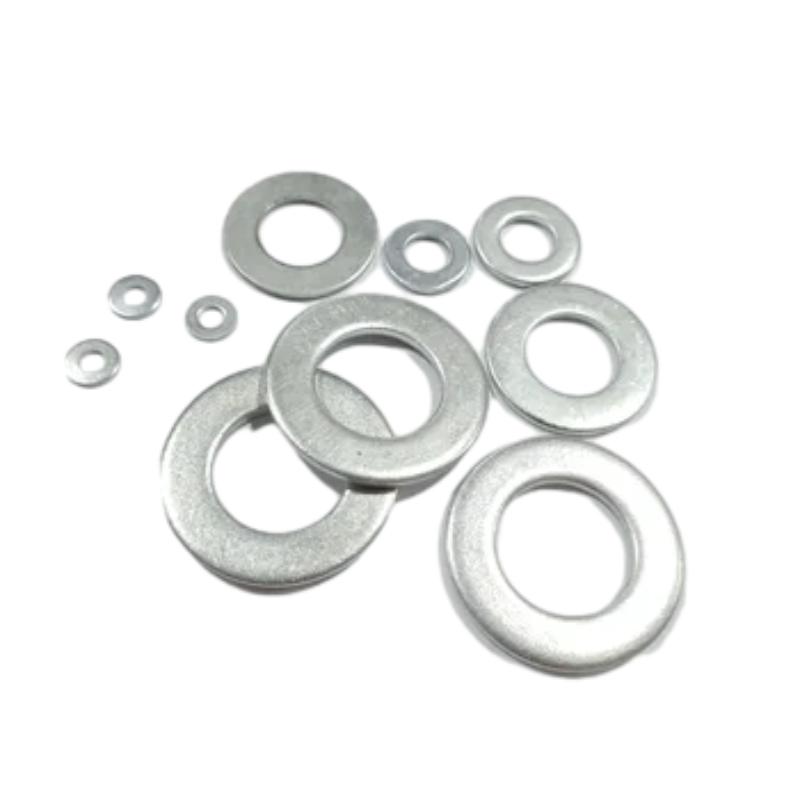Juil . 27, 2024 11:13 Back to list
Various Bolt Types and Their Applications in Construction and Manufacturing Industries
Types of Bolts and Their Uses
Bolts are essential fasteners used in a wide range of applications, from construction and machinery to everyday household items. Understanding the various types of bolts and their specific uses can greatly enhance the efficiency and effectiveness of any project. In this article, we will explore some of the most common types of bolts and their applications.
1. Hex Bolts
Hex bolts are perhaps the most recognizable type of bolt, characterized by their six-sided (hexagonal) head. They are available in various grades and materials, including stainless steel, carbon steel, and alloy steel. Hex bolts are commonly used in construction, automotive, and machinery applications due to their strength and versatility. They are typically paired with a nut for a secure hold and are ideal for high-stress environments.
2. Carriage Bolts
Carriage bolts have a rounded head with a square section underneath, which prevents them from turning when installed. This feature makes them particularly useful in wood applications, such as furniture assembly or securing wooden structures together. Carriage bolts are often used in outdoor projects, as they are available in weather-resistant materials. Their smooth, rounded heads also provide a finished look, making them ideal for visible areas.
Lag bolts, or lag screws, are heavy-duty fasteners designed to secure wood and other materials together. They have a thick shaft and a hexagonal head, which allows for easy installation using a wrench. Lag bolts are commonly used in construction for attaching wooden beams, decking, or any structure requiring a strong joint. Their robust design provides high tensile strength, making them suitable for load-bearing applications.
types of bolts and their uses

4. Shoulder Bolts
Shoulder bolts, sometimes known as stripper bolts, have a cylindrical shoulder that provides a precise spacing mechanism. This type of bolt is primarily used in machinery and mechanical applications where a pivot or rotating movement is needed. The shoulder creates a hinge-like effect, allowing for precise alignment and movement. Shoulder bolts are commonly used in automotive and manufacturing settings.
5. Eye Bolts
Eye bolts have a loop (or eye) at one end that allows for the attachment of ropes, chains, or cables. They are typically used in lifting and rigging applications, making them essential in construction, shipping, and marine industries. Eye bolts come in various styles, including screw eye bolts (which can be screwed into a material) and through-eye bolts (designed to be bolted through a structure).
6. U-Bolts
U-bolts are shaped like the letter U and are primarily used to secure pipes or cables to a surface. They are commonly found in plumbing and automotive applications, as well as in the construction of trailers and structural frames. U-bolts are versatile fasteners that can provide excellent support and stability, making them valuable in many settings.
Conclusion
Understanding the different types of bolts and their specific uses is crucial for anyone involved in construction, manufacturing, or mechanical work. Selecting the right bolt can ensure that structures are safe, stable, and secure. Whether you are assembling furniture, building a deck, or working on a vehicle, having the appropriate bolts at your disposal can significantly improve the quality and longevity of your projects. By recognizing the unique characteristics of each type, you can make informed decisions and achieve the best results in your endeavors.


